Fragrance shopping might seem as simple as picking a pleasant scent from the shelf. Yet behind each bottle there is a surprising complexity, with fragrance concentrations ranging from as little as 2 percent to a potent 40 percent, shaping how a scent lingers and evolves on your skin. Most people think it is just about smelling nice, but the real story is far deeper, with every fragrance choice broadcasting pieces of your personality and mood before you ever say a word.
Table of Contents
- What Is Fragrance Shopping And Why Does It Matter?
- The Different Types Of Fragrances: An Olfactory Guide
- Understanding Scent Families: Finding Your Personal Signature
- The Role Of Concentration In Fragrance Longevity And Intensity
- Navigating The World Of Niche Vs. Designer Perfumes
Quick Summary
| Takeaway | Explanation |
|---|---|
| Fragrance shopping is a personal journey. | It reflects individual identity and mood, not just a product choice. |
| Understand fragrance concentrations for better choices. | Different concentrations affect scent intensity and longevity, crucial for matching occasions. |
| Fragrances communicate non-verbally. | The choice of scent can influence perceptions in social and professional settings. |
| Explore scent families to find your style. | Knowing olfactory families helps articulate personal essence through scent selection. |
| Niche and designer perfumes offer different experiences. | Each category presents unique storytelling through scent, with varied production and pricing strategies. |
What is Fragrance Shopping and Why Does It Matter?
Fragrance shopping transcends simple product acquisition. It represents a nuanced personal journey of selecting scents that communicate individual identity, mood, and aesthetic preferences. Research from the National Institutes of Health reveals that fragrances are deeply connected to psychological and emotional experiences, making fragrance shopping far more complex than merely purchasing a bottle.
The Sensory Experience of Fragrance Selection
Choosing a fragrance involves engaging multiple sensory dimensions. Shoppers explore olfactory landscapes, testing how different scent compositions interact with their unique body chemistry. This intricate process requires understanding fragrance notes, understanding personal preferences, and recognising how scents evolve over time.
Key considerations during fragrance shopping include:
- Personal body chemistry and how different scents react
- Seasonal appropriateness of fragrances
- Occasion and purpose of the fragrance
Beyond Personal Preference: Social and Psychological Dimensions
Fragrance shopping is not merely about smelling pleasant. It represents a form of non-verbal communication. Perfumes can signal sophistication, confidence, professionalism, or playfulness. Professional settings, social interactions, and personal relationships can all be subtly influenced by one’s chosen fragrance.
For those interested in diving deeper into strategic fragrance selection, read our comprehensive guide on understanding fragrance shopping, which offers nuanced insights into making informed fragrance choices.
Ultimately, fragrance shopping is an intimate, personal art form. It requires self-awareness, experimentation, and an appreciation for the complex world of olfactory experiences. Whether seeking a signature scent or exploring diverse fragrance families, each shopping journey represents a unique exploration of personal expression through aromatic storytelling.
The Different Types of Fragrances: An Olfactory Guide
Fragrances represent a sophisticated world of sensory experiences, with multiple categories defining their concentration, intensity, and longevity. According to Encyclopaedia Britannica, these different types are distinguished primarily by their aromatic oil percentages and alcohol content.
Concentration Levels: Understanding Fragrance Strengths
Fragrance concentrations determine the potency, duration, and overall wearing experience. The hierarchy of fragrance types ranges from the most diluted to the most concentrated, each offering unique characteristics:
- Eau de Cologne: Lightest concentration, typically 2-4% aromatic compounds
- Eau de Toilette: Moderate concentration, around 5-15% aromatic compounds
- Eau de Parfum: Higher concentration, approximately 15-20% aromatic compounds
- Pure Parfum/Extrait: Highest concentration, 20-40% aromatic compounds
Each concentration level provides different wearing experiences, allowing individuals to select fragrances suitable for various occasions and personal preferences.
To clarify the differences amongst fragrance concentrations and help with selection, the following table summarises each type, its essential oil percentage, and ideal use case.
| Fragrance Type | Concentration (% Aromatic Compounds) | Typical Longevity | Ideal Use Case |
|---|---|---|---|
| Eau de Cologne | 2–4% | 1–2 hours | Light, casual daytime wear |
| Eau de Toilette | 5–15% | 2–4 hours | Professional environments |
| Eau de Parfum | 15–20% | 4–6 hours | Evening events |
| Pure Parfum/Extrait | 20–40% | 6–8 hours or longer | Special occasions |
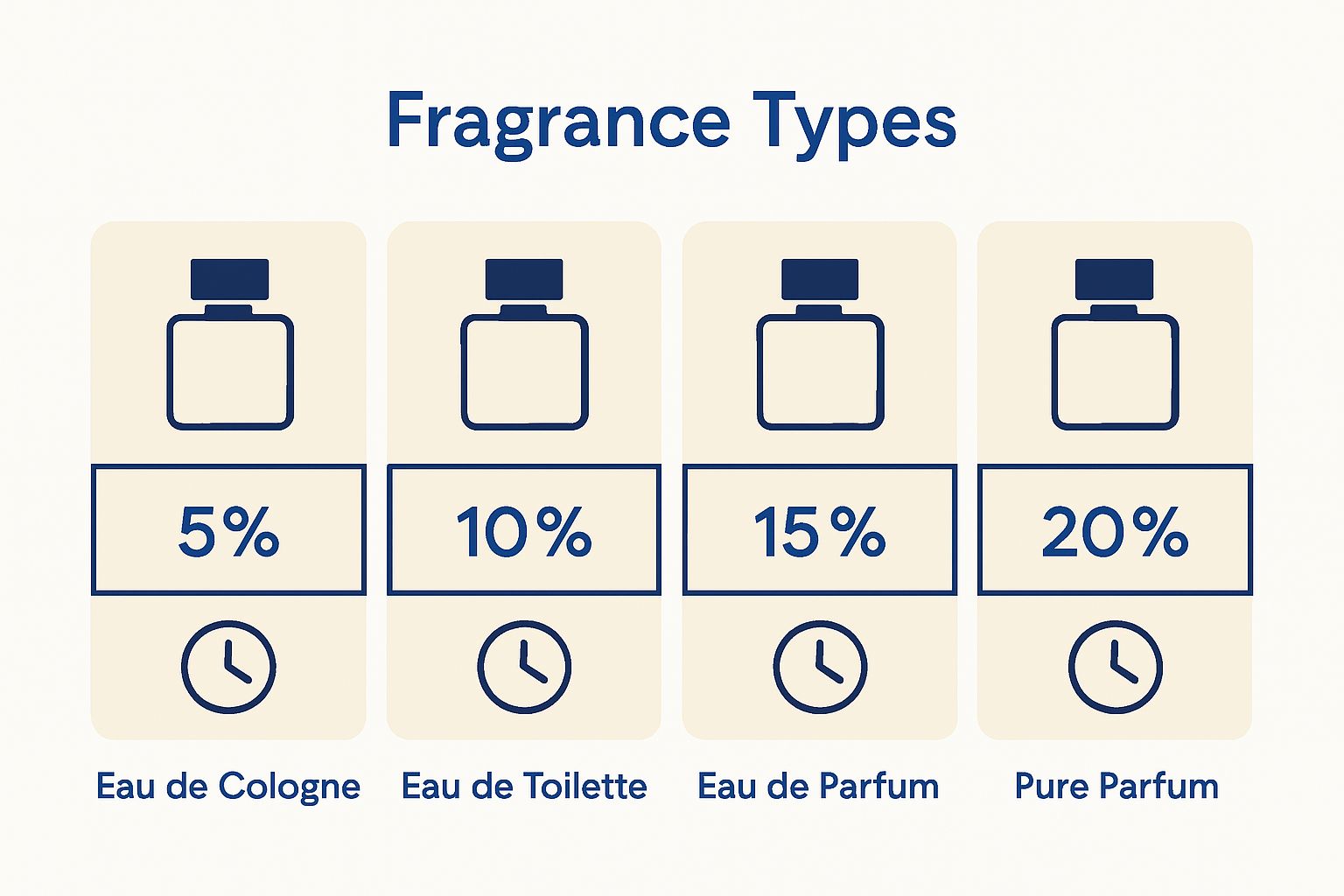
Fragrance Families: Exploring Olfactory Landscapes
Beyond concentration, fragrances are categorised into distinct olfactory families that capture unique sensory profiles. These families help shoppers understand and navigate complex scent landscapes:
- Fresh/Citrus: Bright, crisp scents featuring lemon, bergamot, and orange notes
- Floral: Romantic compositions centred on flower essences like rose, jasmine, and lily
- Oriental: Warm, rich fragrances with spicy, vanilla, and amber undertones
- Woody: Earthy scents featuring sandalwood, cedar, and patchouli
For those seeking deeper insights into selecting the perfect fragrance type, explore our comprehensive perfume selection guide to refine your olfactory knowledge.
Understanding fragrance types empowers consumers to make informed choices that align with their personal style, occasion, and sensory preferences. Whether seeking a light daytime scent or an intense evening fragrance, knowing these distinctions transforms fragrance shopping from a simple purchase to a nuanced, personalised experience.
Understanding Scent Families: Finding Your Personal Signature
Selecting a signature fragrance is an intimate journey of self-discovery, where personal chemistry, emotional resonance, and individual style converge. Research published in the Journal of Sensory Studies highlights how fragrance selection is deeply psychological, reflecting complex personal narratives.
The Psychology of Scent Selection
Personal fragrance choices are more than aesthetic preferences. They represent non-verbal communication, revealing aspects of personality, mood, and individual identity. Understanding scent families helps individuals articulate their inner essence through olfactory expression.
Key psychological factors influencing scent selection include:
- Emotional memories associated with specific fragrances
- Cultural and personal background
- Individual body chemistry
- Desired personal perception and impression
Navigating Scent Families for Personal Expression
Each fragrance family offers unique characteristics that resonate differently with individual personalities. Exploring these families allows individuals to discover scents that authentically represent their inner world:
- Fresh/Citrus: Perfect for individuals seeking energetic, clean impressions
- Floral: Ideal for romantics and those embracing soft, delicate personas
- Oriental: Suited for confident, mysterious personalities
- Woody: Appealing to individuals valuing sophistication and earthiness
For a comprehensive guide to discovering your signature scent, explore our curated collection that celebrates individual expression through fragrance.
Ultimately, finding a signature scent transcends trends. It is a profound journey of self-understanding, where each fragrance becomes a personal statement, silently communicating individual essence to the world.
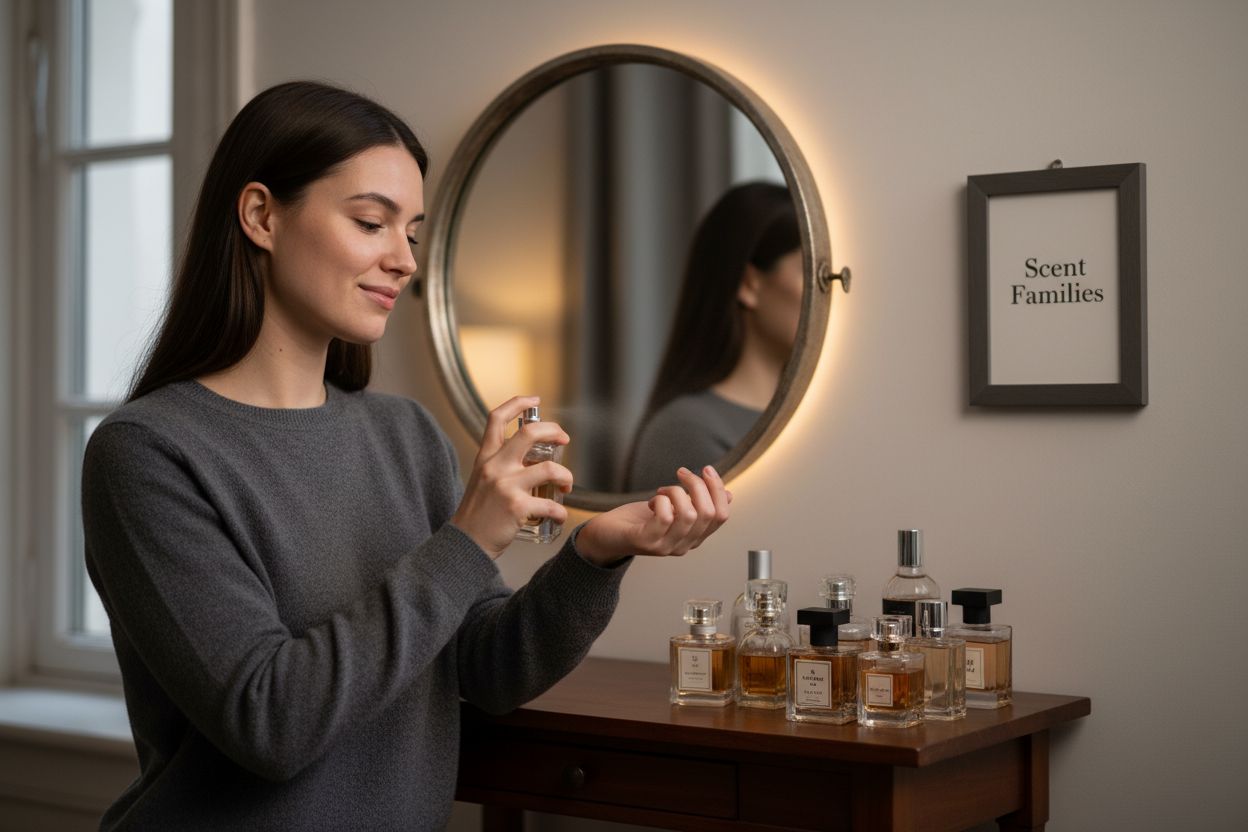
The Role of Concentration in Fragrance Longevity and Intensity
Scientific research published in the journal of Cosmetic Science reveals that fragrance concentration directly influences its performance, transforming a simple scent into a sophisticated sensory experience. Understanding concentration becomes crucial for consumers seeking precisely tailored olfactory impressions.
Understanding Fragrance Concentration Mechanics
Fragrance concentration determines the volume of aromatic compounds dissolved in alcohol, fundamentally impacting how a scent performs on an individual’s skin.
Key factors affecting fragrance concentration include:
- Percentage of essential oils
- Alcohol and water content
- Molecular complexity of aromatic compounds
- Individual body chemistry
Navigating Concentration Levels for Optimal Performance
Different concentration levels offer unique wearing experiences, allowing individuals to select fragrances matching specific occasions and personal preferences:
- Eau de Cologne: Lightest concentration, ideal for casual daytime wear
- Eau de Toilette: Moderate intensity, suitable for professional environments
- Eau de Parfum: Higher concentration, perfect for evening events
- Pure Parfum: Highest intensity, designed for special occasions
Discover our guide to selecting long-lasting fragrances that complement your lifestyle and personal style.
Understanding fragrance concentration empowers consumers to make informed choices, transforming perfume shopping from a random selection to a strategic, personalised experience. Each concentration level offers a unique narrative, allowing individuals to curate their olfactory signature with precision and confidence.
Navigating the World of Niche vs. Designer Perfumes
Research from the Fragrance Foundation reveals that the perfume market comprises two distinct universes: designer and niche fragrances, each offering unique experiences and philosophies of scent creation. Understanding their differences enables more informed fragrance shopping decisions.
The Distinctive Characteristics of Designer Perfumes
Designer fragrances emerge from established fashion houses and luxury brands, representing commercial accessibility and widespread appeal. These perfumes are typically developed with broader market preferences in mind, focusing on creating universally attractive scents that can be marketed to large consumer segments.
Key characteristics of designer perfumes include:
- Mass-market production
- Lower price points
- Recognisable brand associations
- Marketing-driven development
- Wider distribution channels
Exploring the Unique World of Niche Fragrances
Niche fragrances represent a more artisanal approach to perfumery, prioritising creative expression and olfactory innovation over commercial considerations. These scents are crafted with meticulous attention to detail, often featuring rare ingredients and unconventional compositions that challenge traditional fragrance narratives.
Distinguishing features of niche fragrances include:
- Limited production quantities
- Higher price points
- Experimental scent profiles
- Emphasis on ingredient quality
- Smaller, specialised distribution
Discover why designer-inspired perfumes offer an elegant alternative that balances quality, creativity, and affordability.
Ultimately, the choice between niche and designer fragrances depends on personal preference, budget, and individual olfactory journey. Both categories offer unique storytelling through scent, inviting consumers to explore their sensory landscapes with curiosity and creativity.
To help you compare designer and niche perfumes, this table outlines their key characteristics as discussed in the article.
| Characteristic | Designer Perfumes | Niche Perfumes |
|---|---|---|
| Production Scale | Mass-market | Limited, small batch |
| Price Point | Lower, accessible | Higher, premium |
| Scent Profile | Universally appealing | Unique, experimental |
| Ingredient Quality | Standardised | Emphasis on quality/rarity |
| Distribution | Wide, global | Selective, specialised |
| Creative Direction | Marketing-driven | Artistic, perfumer-led |
Discover Scent Confidence: Your Solution to Fragrance Shopping Uncertainty
Are you overwhelmed by the endless choices and complicated jargon when searching for your perfect scent? You are not alone. The article explains how fragrance shopping involves balancing personal chemistry, preferences, and the difference between designer and niche perfumes. It can be frustrating to strive for an elegant signature fragrance without overspending or feeling lost in a crowded marketplace.
Explore our Verset Parfums collection for expertly crafted alternatives inspired by luxury brands. Each scent is developed with clear concentration levels and fragrance family guidance, so you feel empowered and informed with every selection.
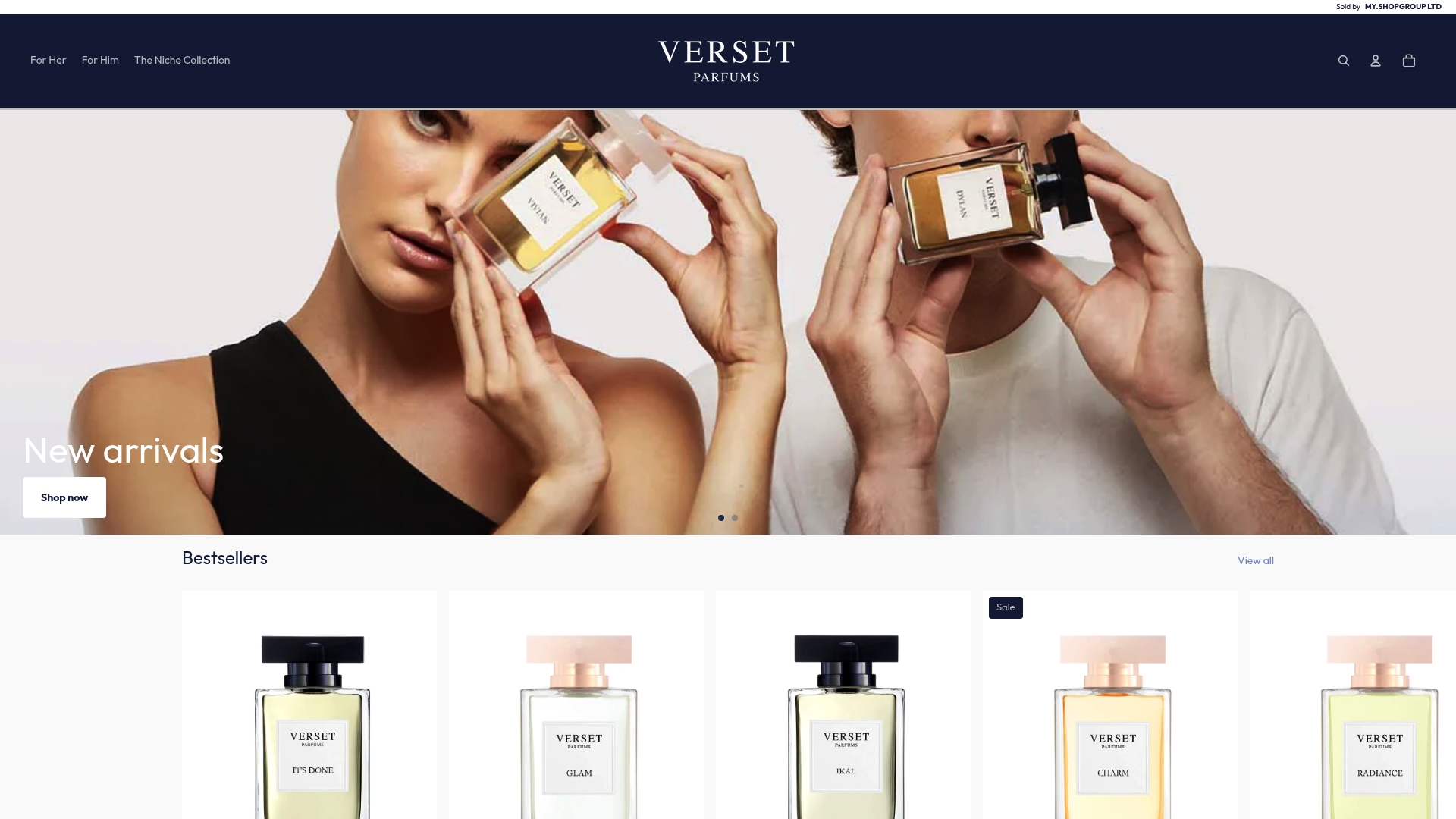
Find a scent that matches your identity without compromise. Browse the New Verset Parfum Scents and experience aromatic storytelling tailored to your style. Start discovering your next fragrance essential now at versetparfums.shop for long-lasting luxury at an attainable price.
Frequently Asked Questions
What factors should I consider when choosing a fragrance?
Choosing a fragrance involves understanding your personal body chemistry, the seasonal appropriateness of scents, and the occasion for which you need the fragrance. Start by testing different scents on your skin and noting how they evolve over time.
How does concentration affect fragrance longevity and intensity?
Fragrance concentration determines how long a scent lasts and its intensity. Generally, higher concentrations, like Eau de Parfum or Pure Parfum, last longer and are more potent, making them ideal for special occasions.
What are the different fragrance families and how do they differ?
Fragrance families include Fresh/Citrus, Floral, Oriental, and Woody, each showcasing distinct scent profiles. Familiarise yourself with these categories to better understand which scents align with your personality and preferences.
How can I find my signature scent?
To find your signature scent, explore various fragrance families and consider how each one resonates with your mood and identity. Spend time testing a variety of scents, and look for one that evokes a strong personal connection.
What is the difference between niche and designer perfumes?
Niche perfumes are crafted with a focus on individuality and rare ingredients, while designer fragrances are mass-produced and widely marketed. Assess your preferences for creativity versus accessibility to determine which type suits you best.
How do I test fragrances effectively?
When testing fragrances, apply a small amount on your skin and allow it to develop for a few hours before deciding. Try testing three to four scents at a time to avoid olfactory fatigue, and take notes on how each fragrance makes you feel.
Recommended
- Understanding Fragrance Shopping Tips 2025 for Everyone – VersetParfums.Shop
- Understanding the Fragrance Shopping Guide for Everyone – VersetParfums.Shop
- Understanding Your Perfume Shopping Checklist for Elegance – VersetParfums.Shop
- Understanding Perfume Selection Tips for Every Buyer – VersetParfums.Shop



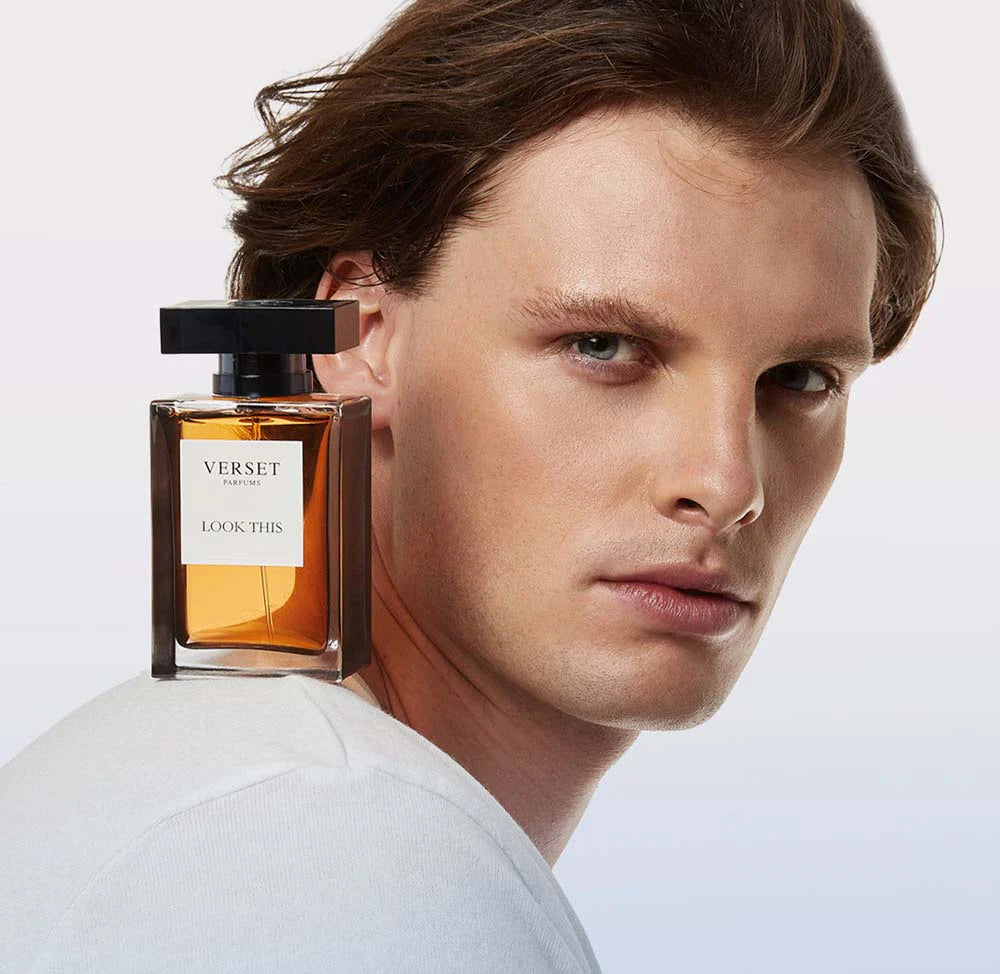


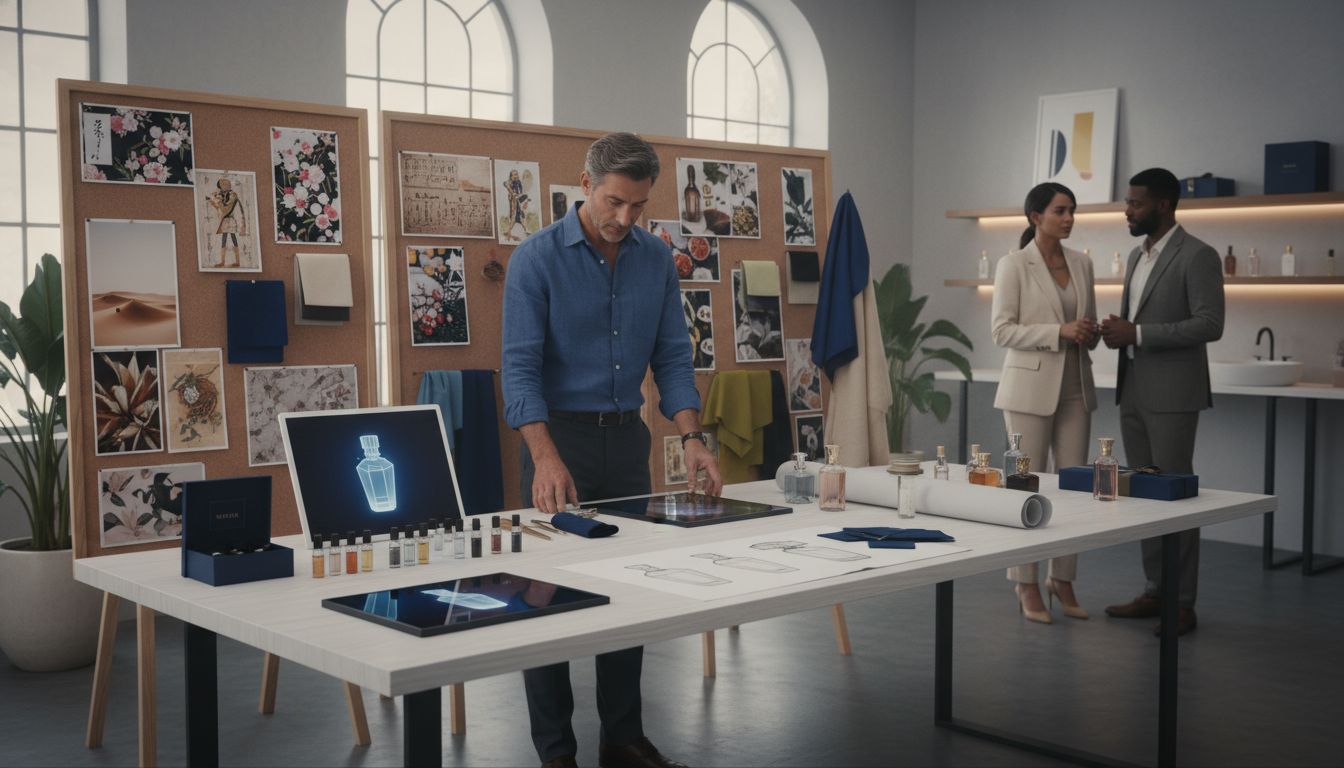


0 comments